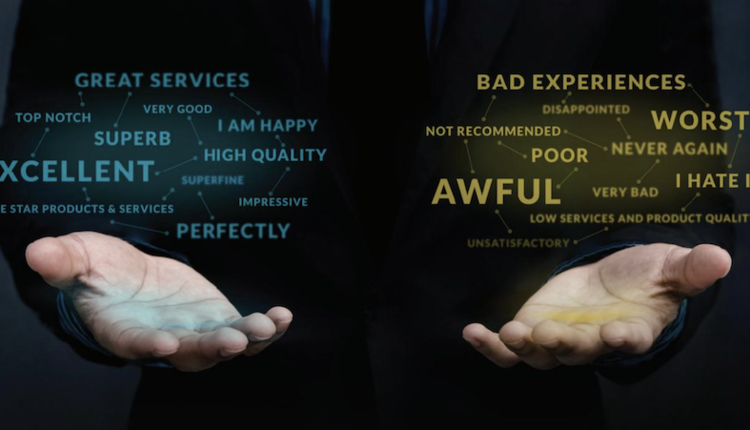How much do I owe?
How do I pay?
Where’s my bill?
Are any of your customers asking these questions? If so, it might be time to rethink your utility bills.
On the surface, utility bills should be an easy way to engage with customers. After all, they’re an essential document that must reach every household.
But when the design is confusing, delivery is delayed or information is incorrect, they can quickly become a major point of contention for customers.
Getting billing, ‘just right’ enhances the customer journey and opens new opportunities for engagement. From rethinking design to implementing strong data checks, utilities can leverage bills to reduce errors, speed up payments and deliver far better customer experiences.
Breaking Down Barriers with Bill Redesign
A common complaint about utility bills is that they’re too difficult to read. Cluttered, complex bills often leave customers unsure about how much they owe, when a payment is due or how to make a payment.
Here's where a bill redesign can be a game-changer. A clean layout that follows information hierarchy, itemizes your charges and gives prominence to the most critical information has the power to reduce calls to your call center while shortening days-to-pay.
By removing communication obstacles, you can free up space and time to consider strategic ways to optimize your bills. For example, suppose you have important service issues to communicate or a specific marketing message, such as the availability of online statements. In these situations, you can populate certain areas of your statements with tailored messaging without disrupting the flow of vital information.
Improve Data Accuracy, Increase Profits
Maintaining accurate mailing addresses is another challenge. As a utility, your revenue generation model relies on accurate customer data. Incorrect addresses, outdated records or errors in data entry might seem trivial, but their impact can be costly. If your customers aren’t receiving their bills, payments won’t materialize, which affects your cash flow.
Adopting systems that flag undeliverable addresses is an excellent safeguard against faulty data. Regularly validating records with NCOA (National Change of Address) can help you ensure bills are delivered to their intended recipients.
By automating quality assurance and monitoring customer data at every step, providers can catch errors before investing time and money in returned mail.
Check, Validate, Repeat.
Too often, organizations underestimate the importance of putting rigorous checks in place to ensure billing accuracy. Yet, without them, teams waste hours reprinting invoices, dealing with customer complaints and fixing problems they could have avoided.
To prevent these issues, it’s essential to put validation steps in place before bills are ever sent, such as an exception-handling process that can flag account activity, or implementing a quality assurance step that gives stakeholders a chance to review final statements.
Implementing these steps could reduce avoidable calls to your call center, tighten up your days sales outstanding (DSO), and improve customer satisfaction. At the end of the day, it’s about building trust and creating efficiencies in all areas of your billing operations.
Customer Satisfaction: The True Measure of Success
For utilities, mistakes on a bill translate into higher costs, delayed payments and unnecessary strain on support teams. And for customers? It chips away at trust, creating underlying dissatisfaction. It’s why billing accuracy should remain a top priority for utilities. It’s central to the customer experience and crucial to your business revenue model.
By rethinking bill design and improving billing data, utilities can turn a source of frustration into an opportunity for enhanced customer experiences.
Ultimately, when billing is accurate and payment methods feel seamless, customers feel valued and that satisfaction becomes the foundation for lasting loyalty.
Mitch Anderson has 36 years of experience servicing customers in the print and digital services world with a focus on Utilities, Financial Services, and Healthcare. Before joining Doxim in October 2020, Mitch was the Chief Revenue Officer at Pinnacle Data Systems. At Doxim, Mitch leads a team of dedicated professionals focused on serving the Utilities market. Reach out at www.doxim.com.









